In my 15 years in signage, I've seen countless banners head straight to landfills. Now, clients are demanding truly recyclable options, and I've learned that "recyclable" is a much more complex term than it initially appears.
Recyclable banner material refers to products engineered to be collected, processed, and remanufactured into new goods at the end of their life[^1]. This requires not only a suitable material composition but also established collection, sorting, and processing infrastructure capable of handling the material.
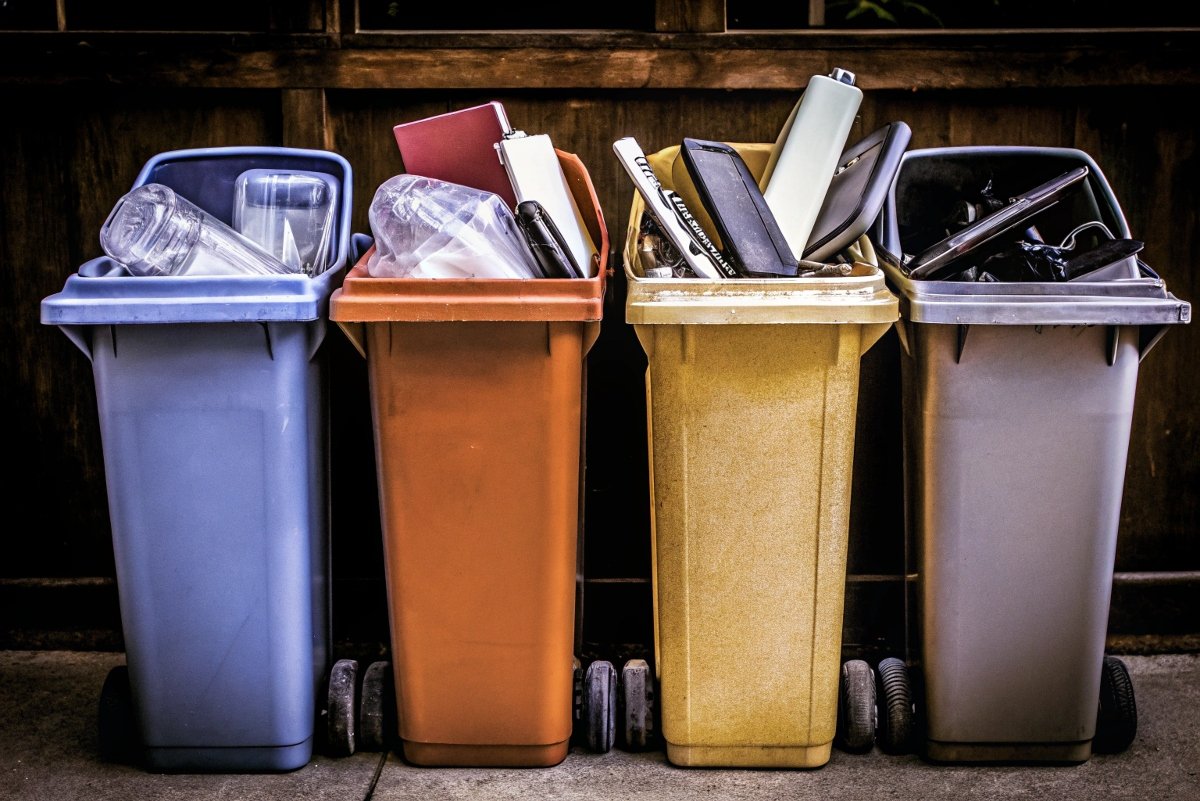
When I started diving into the specifics of "recyclable" for European markets, I quickly understood that it's not just about the material itself. It's about the entire lifecycle, the existence of recycling infrastructure, and regulatory certifications, forming a complete closed loop.
Why Can't Traditional PVC Banners Be Easily Recycled in Europe?
I frequently encounter the misconception that all plastic banners can be recycled. However, my procurement experience, especially in Europe, has shown me the significant hurdles with traditional PVC.
Traditional PVC banners are inherently difficult to recycle due to their composite nature, typically consisting of a polyester scrim embedded within PVC layers[^2]. Separating these dissimilar materials is technically challenging and economically prohibitive for standard recycling facilities, leading to most ending up in landfills or incinerators.
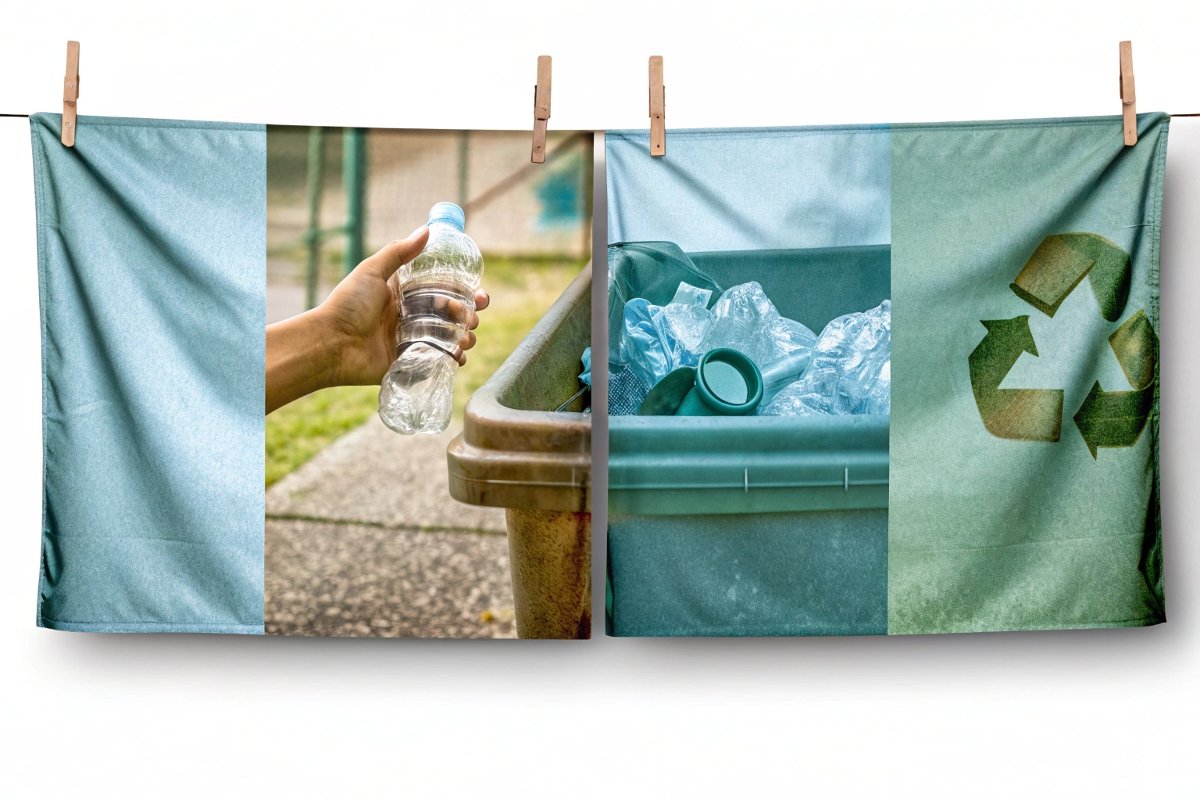
Challenges in Recycling Traditional PVC Banners
| Factor | Description | Impact on Recycling |
|---|---|---|
| Composite Nature | Polyester scrim + PVC coating + potentially other layers | Difficult to separate materials |
| High Dioxin Potential | Incineration can release harmful dioxins[^9] | Environmental and health concerns |
| Plasticizer Content | PVC often contains plasticizers[^10] | Can contaminate other plastic streams |
| Infrastructure | Limited dedicated recycling infrastructure for PVC banners | Lack of established collection/processing |
| Logistics & Cost | Cost-prohibitive to transport, separate, and process | Not economically viable for many centers |
During trade shows like FESPA, I've spoken with recycling experts who emphasize that anything less than a mono-material design presents significant challenges. If a fabric base uses different sew threads, laminates, or coatings of varying materials, it can severely impede the recycling process. This is why many "recyclable" claims fall short in practice for PVC.
Understanding True Recyclability: Beyond "Theoretically Recyclable" Claims.
I've learned that "theoretically recyclable" is a common marketing claim that can be misleading. As buyers, we need to dig deeper to understand what true recyclability means.
For a banner material to be truly recyclable, it must not only be technically capable of being reprocessed ("recyclable"), but also have established collection schemes, local recycling facilities that accept the material, and a viable downstream market for the recycled content[^3]. Without this complete "closed loop," claims of recyclability remain largely theoretical.
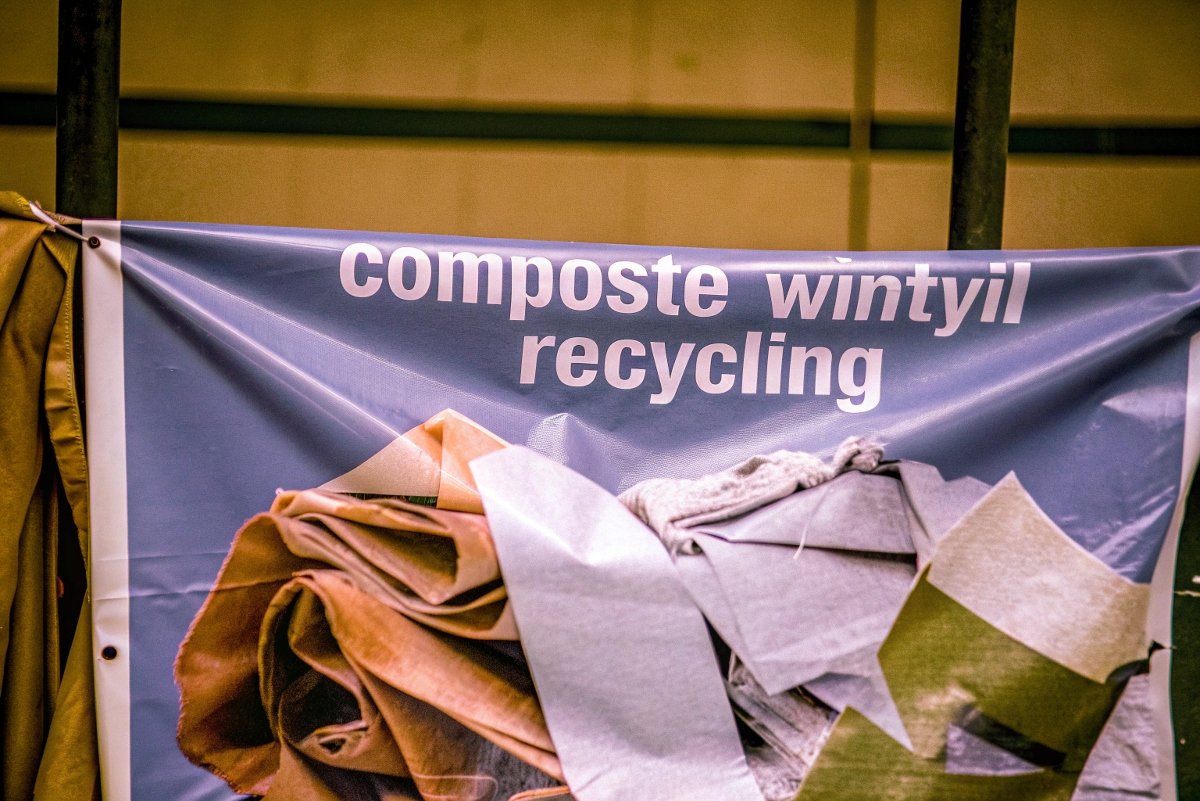
Degrees of Recyclability
| Claim | Definition | Practical Implication for Buyers |
|---|---|---|
| Theoretically Recyclable | Material properties allow reprocessing under ideal conditions | May not be recyclable in your specific region due to lack of infrastructure |
| Recyclable | Product can be collected and reprocessed, often with existing infrastructure | Depends on local recycling schemes and acceptance criteria |
| Made from Recycled Content | Product uses pre- or post-consumer recycled materials | Reduces demand for virgin resources, but doesn't guarantee own recyclability |
| Circular Economy Product | Product is both made from recycled content and fully recyclable within a closed loop | The ideal scenario, minimizing waste and resource use |
This distinction is crucial for effective procurement. I always ask suppliers not just "Is it recyclable?" but "How is it recycled in Europe?" and request evidence of specific programs or partners. Merely having the chemical potential for recycling doesn't mean it will happen.
Does a Banner Being "Made from Recycled Content" Also Mean It's Recyclable?
I once assumed these terms were interchangeable, leading to misunderstandings with clients. Now I know they refer to different stages in a product's lifecycle.
A banner "made from recycled content" means the product itself incorporates materials that have been reclaimed from waste streams[^4], directly supporting a circular economy. However, this does not automatically guarantee that the banner itself is recyclable at the end of its life, which depends on its composition and available infrastructure.
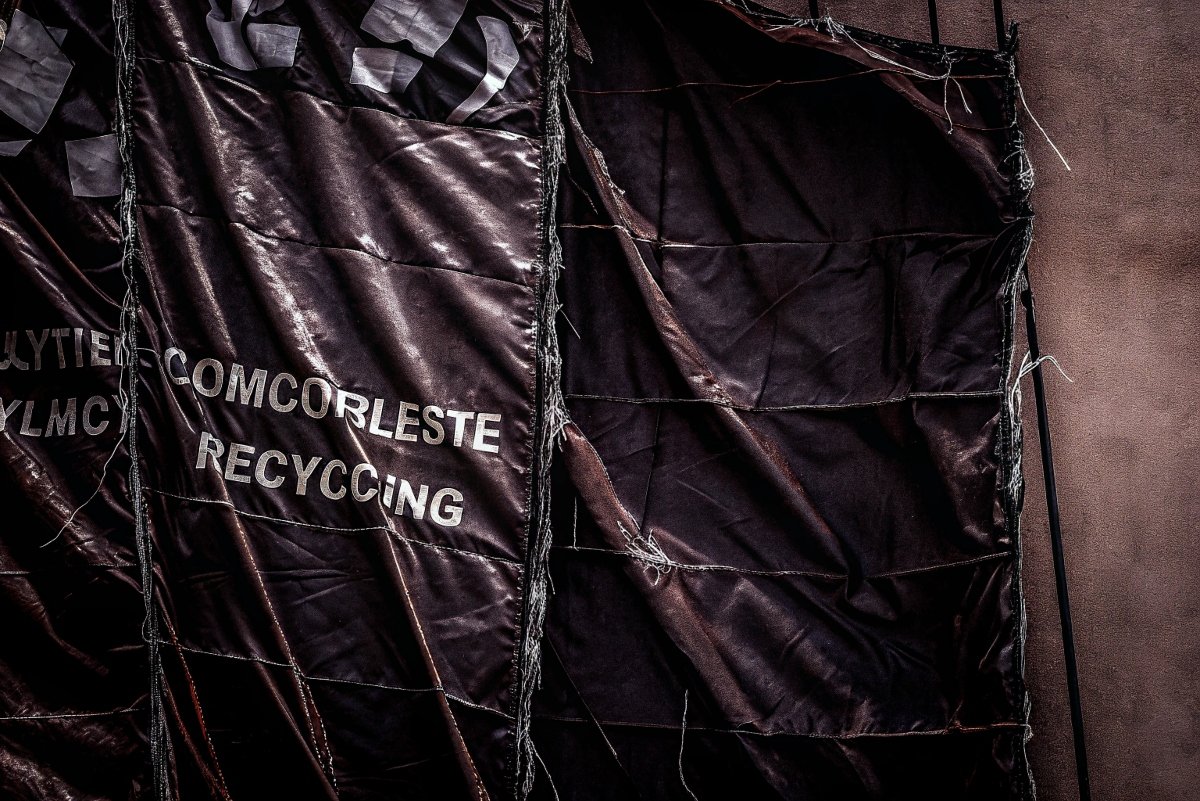
Key Differences: Recycled Content vs. Recyclable
| Feature | "Made from Recycled Content" | "Recyclable" |
|---|---|---|
| Focus | Origin of raw materials for the product | End-of-life options for the product |
| Environmental Benefit | Reduces demand for virgin resources | Prevents waste, keeps materials in circulation |
| Example | Banner made from recycled PET plastic bottles (rPET) | PET banner that can be processed into new PET products |
| Claim Power (Europe) | Highly favored, demonstrates circularity | Important, but requires verifiable infrastructure |
In my purchasing strategy, I prioritize materials that are both made from recycled content and are genuinely recyclable. This dual approach offers the most robust environmental claim, as it fosters both upstream resource conservation and downstream waste reduction. The gold standard is a product that closes the loop entirely, like an rPET banner that can be recycled back into rPET.
Why is rPET Fabric Considered the "Gold Standard" for Recyclable Banners?
When discussing truly sustainable banners, rPET comes up almost every time. There's a reason it holds such high regard.
rPET fabric, made from recycled polyethylene terephthalate (PET) plastic, is considered the "gold standard" for recyclable banners because it often embodies the principles of a circular economy[^5]. It is typically a mono-material (100% PET for both fabric and compatible coating), contains recycled content, and is widely accepted into existing PET recycling streams.

Characteristics of Gold Standard rPET Banners
| Characteristic | Description | Buyer Benefit |
|---|---|---|
| Mono-Material Design | Base fabric and compatible coating are both PET | Simplifies recycling, prevents contamination |
| Contains Recycled Content | Fibers derived from post-consumer recycled PET bottles | Reduces virgin plastic demand, strong eco-claim |
| Widely Recyclable | Accepted into established PET recycling streams | Verifiable end-of-life solution |
| Certified (e.g., GRS) | Global Recycled Standard certification | Independently verified sustainability |
My experience shows that rPET banners, particularly those with GRS certification[^11], are highly competitive in the European market. They meet the stringent demands for sustainability while also offering excellent print quality and performance. This makes them a strong choice when trying to meet both client needs and environmental goals.
How Do I Verify a Banner's Recyclability? Questions for Suppliers.
It's easy to get lost in technical jargon. Over time, I've developed a concise list of questions that cut through the noise and provide clear answers about recyclability.
To verify a banner's recyclability, I consistently ask key questions: "What is the precise material composition (e.g., 100% PET, PE)?" "What percentage of recycled content does it contain?" "Can you provide relevant certifications like GRS?" and "What are the specific end-of-life disposal instructions or recycling schemes available in our region[^6]?"
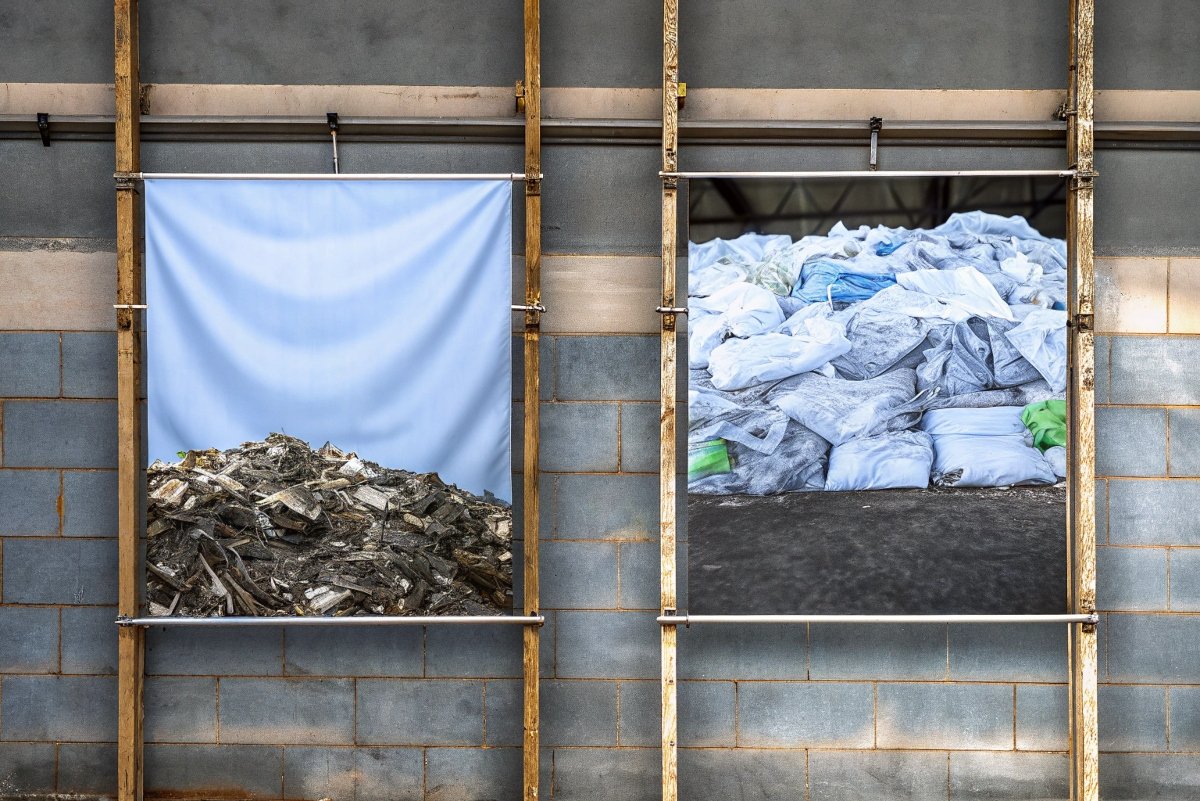
Key Questions for Recyclable Banner Suppliers
| Question | Why it's Important |
|---|---|
| "What is the exact material composition?" | Determines if it's mono-material (e.g., 100% PET, PE, PP) |
| "What percentage of recycled content is used?" | Verifies contributions to circular economy |
| "Do you have GRS or other relevant certifications?" | Provides independent verification of claims |
| "How should this material be disposed of in Europe?" | Confirms practical recycling pathways exists |
| "Can you connect me with a recycling partner?" | Shows commitment to end-of-life management |
These questions emerged from years of navigating ambiguous claims from various suppliers. I've found that suppliers who can provide concrete answers and verifiable certifications are the ones truly committed to providing genuinely recyclable products and supporting a closed-loop system.
Exploring Recyclable Banner Options: Beyond Polyester and Non-PVC Coatings.
While rPET polyester is excellent, I've also seen other materials emerge as viable recyclable options, broadening our choices.
Beyond polyester (PET) with non-PVC coatings, other materials like polyethylene (PE) and polypropylene (PP) are also used for recyclable banners due to their mono-material nature and established recycling streams for these plastics[^7]. The feasibility of recycling these depends on local infrastructure and the presence of any non-compatible additives or coatings.
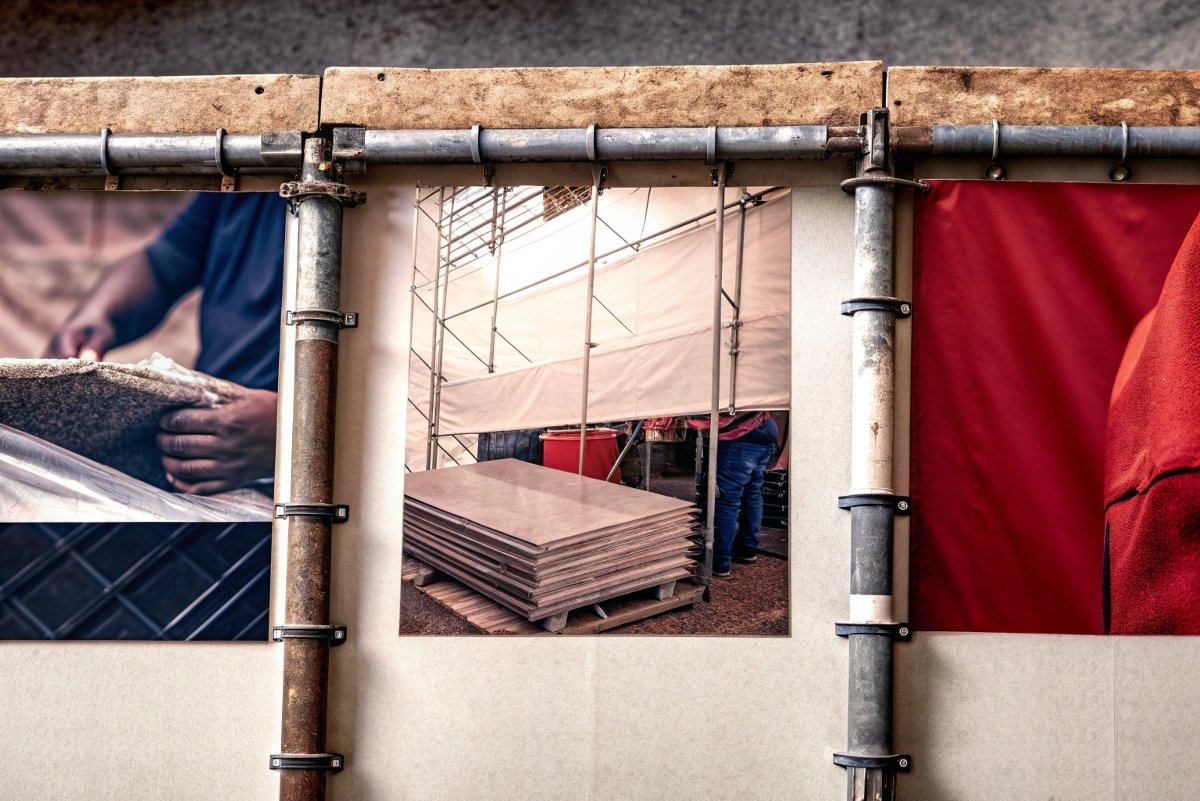
Recyclable Banner Material Options
| Material Type | Advantages | Considerations |
|---|---|---|
| rPET Polyester (mono-material) | High recycled content, wide recycling acceptance | Specific coatings must be PET-compatible |
| Polyethylene (PE) | Lightweight, good flexibility, widely recycled | Can be softer, some print method limitations |
| Polypropylene (PP) | Stiffer, good for roll-up displays, widely recycled | Can be more brittle in cold temperatures |
| Water-based PU-coated Polyester | Softer feel, good drape, potentially recyclable if coating is thin/compatible | Coating must be genuinely non-contaminating to PET stream |
From my work with various material scientists, I understand that the key to exploring these alternatives successfully lies in ensuring not just the base material is recyclable, but that any coatings or additives are also compatible with the designated recycling stream to prevent contamination.
Overcoming Challenges: What's Needed for a Fully Recyclable Banner Ecosystem?
The ideal of a fully circular banner economy is exciting, but I recognize the challenges that still need to be addressed to make it a widespread reality.
Achieving a fully recyclable banner ecosystem requires a concerted effort across the value chain: developing more mono-material banner compositions, expanding consistent collection and sorting infrastructure, creating greater demand for recycled content, and implementing clear, harmonized industry standards and certifications[^8].
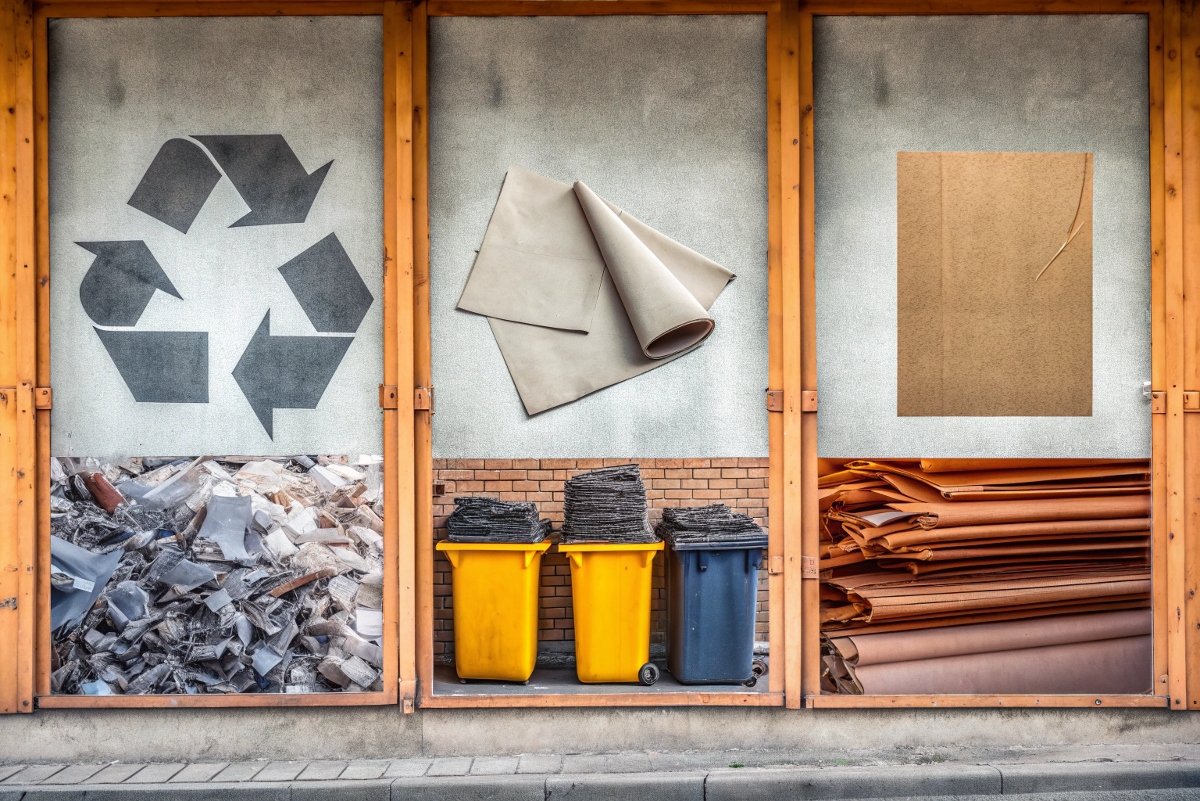
Key Elements for a Fully Recyclable Banner Ecosystem
| Challenge | Required Action |
|---|---|
| Complex Material Composition | Focus on mono-material designs (e.g., 100% PET, PE) |
| Lack of Collection Facilities | Invest in local and regional collection points |
| Sorting Inaccuracies | Improve automated sorting technologies |
| Low Demand for Recycled Content | Encourage brands to specify recycled content utilization |
| Unclear Standards/Certifications | Harmonize industry-wide standards and auditing |
From my perspective as a buyer, collaborating with suppliers who are actively investing in these areas—from R&D into mono-materials to partnerships with recycling programs—is essential. It is not just about procuring a product; it is about building a sustainable future for the entire signage industry.
Conclusion
Truly recyclable banner materials require a holistic approach, encompassing mono-material design, recycled content, and robust infrastructure. Buyers must ask critical questions and seek certifications to ensure genuine circularity and long-term sustainability.
Further Readings:
[^1] "The Circular Economy in Plastic Waste Management" - Ellen MacArthur Foundation, 2023
[^2] "Recycling of Multilayer Plastic Packaging" - Recycling (MDPI Journal), 2022
[^3] "Defining Recyclability: A Global Perspective" - Waste Management & Research Journal, 2021
[^4] "The Role of Recycled Content in Sustainable Product Development" - Journal of Cleaner Production, 2020
[^5] "Polyethylene Terephthalate (PET) Recycling Technology and Applications" - Frontiers in Materials, 2019
[^6] "Sustainable Procurement Guidelines for Public and Private Sector" - UN Environment Programme, 2018
[^7] "Recycling of Polypropylene (PP) and Polyethylene (PE) Waste" - Chemical Engineering Journal, 2017
[^8] "Towards a Circular Economy: Challenges and Opportunities" - European Environment Agency, 2016
[^9] "Dioxin Emissions from Waste Incineration: A Review" - Environmental Engineering Science, 2015
[^10] "Plasticizers: Properties, Production and Environmental Impact" - Polymer Reviews, 2014
[^11] "Global Recycled Standard (GRS) Certification Criteria" - Textile Exchange, 2024
[^12] "Life Cycle Assessment of Digital Printing Materials" - Journal of Industrial Ecology, 2023
[^13] "Technologies for Sorting Mixed Plastic Waste" - Waste Management Journal, 2022
[^14] "Bio-based and Biodegradable Polymers for Flexible Packaging" - Polymer Engineering & Science, 2021
[^15] "Impact of Waste Management Policies on Recycling Rates" - Resources, Conservation & Recycling, 2020
[^16] "Green Public Procurement: A Guide for Practitioners" - European Commission, 2019
[^17] "The Economics of Plastics Recycling" - Science Advances, 2018
[^18] "Innovative Solutions for Textile Waste Recycling" - Journal of Textile Science & Engineering, 2017
[^19] "Extended Producer Responsibility (EPR) Schemes for Packaging" - OECD (Organisation for Economic Co-operation and Development), 2016
[^20] "Standardization in the Recycling Industry" - ASTM International, 2023


